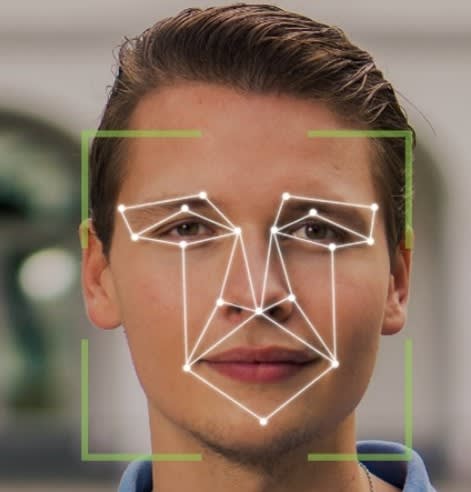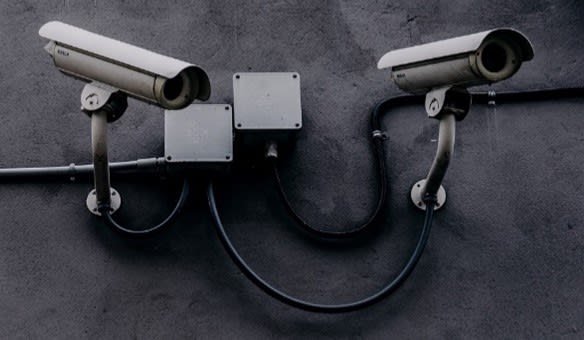LEDs in security applications
Follow articleHow do you feel about this article? Help us to provide better content for you.
Thank you! Your feedback has been received.
There was a problem submitting your feedback, please try again later.
What do you think of this article?
In this age of technology, security measures have become an expected and precedented part of our daily lives. From online banking and facial recognition to CCTV and physical motion sensors. LEDs are an integrated part of these security measures and systems.
Facial recognition sensors
Facial recognition is becoming more and more common as a preferred method for virtual security. Phone locks and online accounts are choosing facial recognition over fingerprint readers. There are two main systems that facial recognition works by, 2D or 3D.
A 2D system relies on infrared LEDs to analyse two-dimensional images of a user’s face. It works by illuminating the user’s face and capturing this image with an infrared camera. The system will then compare the image scanned with previous images registered and stored for identification purposes. The comparison focuses on facial characteristics of the two-dimensional imagery. For example, the width of the mouth, length of the nasal ridge and distance between the eyes.
Recommended product for this application: ILH-IS01-94SN-SC201-WIR200.
(191-8850)
Whereas a 3D facial recognition system uses near-infrared (NIR) light patterns to detect the user’s facial geometry. NIR LEDs and lasers enable superior facial mapping capabilities and depth measurement. A device will emit NIR light, and then a sensor will receive the reflected signals. By calculating the ‘time of flight’, the geometry of the user’s face is established, via the determined distance of the user’s individual facial features. For identification purposes, a three-dimensional facial ‘map’ is stored and used comparatively. So that the 3D facial recognition system can ensure that only the intended user can access the secured information or account, such a system has enhanced biometric security, as by sensing depth, it cannot be fooled with a 2D photograph.
IR security cameras and motion sensors
More traditionally visible LEDs have been and still are used for physical security for business and residential properties. Floodlights will be mounted in high-risk areas, often outdoors, illuminating vast areas with bright white light to deter criminal or unwanted activity. Though a simpler technology, visible light is still an effective way to increase security. Utilising LEDs in this way benefits property owners with increased security and lowered risks of burglary and other criminal behaviours.
While non-visible Infrared (IR) LEDs are implemented in security cameras and motion sensors. All humans emit heat, which is detectable through IR sensors and cameras. So, it is easy to see why LEDs, IR LEDs in particular, are utilised in security cameras like CCTV, automatic number plate recognition, and night vision goggles.
IR thermal imaging cameras allow a scene to be monitored in low or zero light. Within a thermal imaging camera, high-power IR LEDs will surround the camera lens to capture IR images.
IR LEDs are also implemented in motion sensors which detect infrared energy emitted via heat by humans or animals. Such sensors can then trigger alarms or other pre-arranged actions. Any increase in IR radiation will be detected by the sensor, triggering a response, and notifying that someone has approached within its range.




